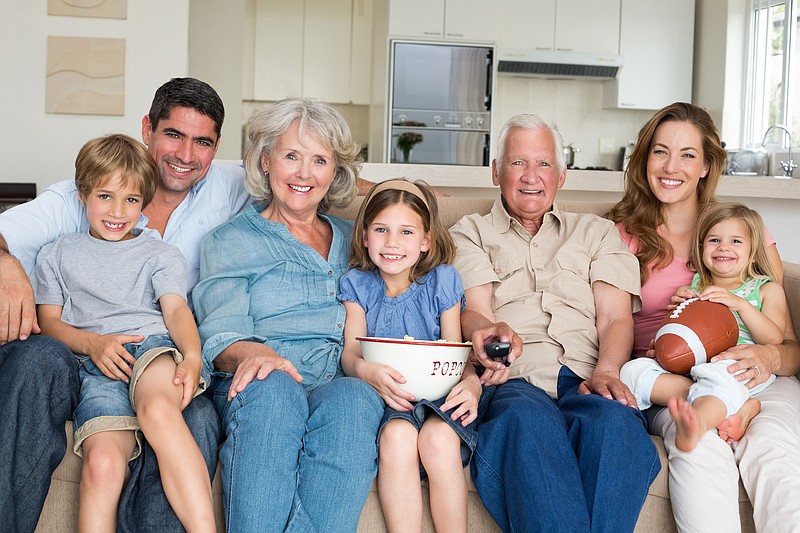SAN DIEGO-Multigenerational housing, a trend borne out of need that took hold during the Great Recession, is still going strong 10 years later.
Not since the 1950s have this many U.S. households included two or more adult generations. According to the Pew Research Center's latest data, taken in 2014, more than 60 million people-about 19 percent of the U.S. population-live with more than one generation (not including minors) under one roof. In the 1950s, it was 21 percent.
These households often include young adults living at home or older parents living with their adult children and their grandchildren. Increased longevity and a growing immigrant population in which this living arrangement is more common are both contributing to this shift in family dynamics, as is the rising cost of housing, which is keeping millennials home longer.
Homebuilders are responding by including flexible living space and downstairs guest suites that offer privacy. Two builders with San Diego-area developments are taking it a step further: They offer multigenerational suites, designed for extended stays.
Pardee Homes offers a GenSmart Suite that features a separate entry and its own living and dining space. Options for kitchenettes and laundry are also available. The suite can add as much as $25,000 to the cost of the home, according to Curbed.com, but the ultimate savings of combining two households will be substantial.
Lennar is another builder with a multigenerational option, called NextGen. Advertised as "The Home Within a Home," this option can also include a living area and kitchenette, plus a single-car garage.
While some may shudder at the thought of having their mother-in-law under the same roof, the benefits are numerous, especially if there are private spaces for everyone involved. Not only is there significant financial savings, but a household with an extended family provides additional emotional support for children. Built-in childcare eases stress on parents and helps grandparents stay active both physically and mentally.
Close family connections can also help keep our aging population healthier. By 2035, more than one in five adults will be 65 or older, and many of those feel cut off from society. According to the AARP Foundation's Connect2Affect website, more than 8 million adults 50 or older are affected by isolation. Prolonged isolation can have the same health risks as smoking 15 cigarettes a day, the site says.
Extended families living together is the norm in many cultures. In the United States, Asian families are the most likely to live in a multigenerational household, according to a Pew Research Center analysis of U.S. Census Bureau surveys. The study, published in 2016, showed that 28 percent of Asian households surveyed were multigenerational; black and Hispanic households, 25 percent each; and white households, 15 percent.
What started as a need during the economic downturn a decade ago has turned into a choice for many homeowners. And with more builders taking note of this trend, the options for peaceful coexistence are increasing.

